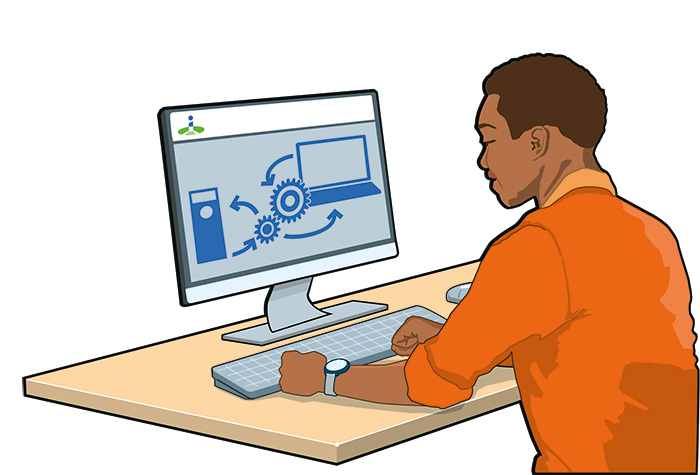What are resources?
Any organization that starts with i-Reserve starts without resources. This is because availability is checked at product (object) level.
Now it may be that this availability calculation is not sufficient. For example, because there is an interdependence between the objects.
Resources can be used in these situations.
Products: is visible to the booker
Resources: is not visible to the booker.
In short: resources are the basic blocks for availability calculations.
Example: there are different prices
A common situation: there are different prices. Scales or roles determine that one product is priced differently than another product.
We take a padel court. This can be rented out by members, but individual rental is also possible.
For this you set up two products: a product members (P1: "Padel members") and a product loose rental (P2: "Padel loose rental").
We'll keep this topic simple for now. Of course it is also desirable to set up the index pages in such a way that members only see "their" own product (to be set via user profiles) and that the not logged in booker only sees the individual rental. It also makes sense that there are multiple jobs. Then sub-products come in handy again. For the simplicity of this example, we will omit that for now.
One resource is set up for this case: the R1: "Padel court".
Padel is typically a sport where the court cannot be used by multiple groups. You make a reservation and then that court is fully booked.
For this, the products P1 and P2 are both linked to the resource R1.
See below in schematic form.


If a reservation is now made for the P1, for example from 10-11 on Monday morning, then - via the resource - the product P2 will also be unavailable on Monday morning from 10-11.
The other way around ditto.
Note: Not only the prices can differ in this scenario: the other reservation rules can also differ. Just think of evening opening hours for members (exclusivity).
Example: different rooms that can be combined
The situation: a space that can be divided into sub-spaces. This occurs in meetings and sports halls, but the concept can be applied generically.
An example of the room:


In this setup we arrive at different products.
- P1: Hall on the left
- P2: Hall on the right
- P3: Room left + right, or "Room combined"
We come to these resources
- R1: Hall on the left
- R2: Room right
How are these set now?
- When making a reservation for P1, you will be charged: R1
- When making a reservation for P2, you will be charged: R2
- When making a reservation for P3, you will be charged: R1+R2
Scenarios
- A reservation will be made for P1, Monday from 10-11. This is possible.
- A reservation will be made for P2, Monday from 10-11. This is possible.
- A reservation will be made for P3, Monday from 10-11. This is not possible. Resource required R1+R2 are both already booked.
- A reservation will be made for P1, Tuesday from 10-11. This is possible.
- A reservation will be made for P3, Monday from 10-11. This is not possible. Resource R1 is already booked. Even though R2 is free, P3 cannot be booked.
- A reservation will be made for P3, Wednesday from 10-11. This is possible.
- A reservation will be made for P1, Wednesday from 10-11. This is not possible. Resource R1 has already been booked by P3. R2 is not considered.





